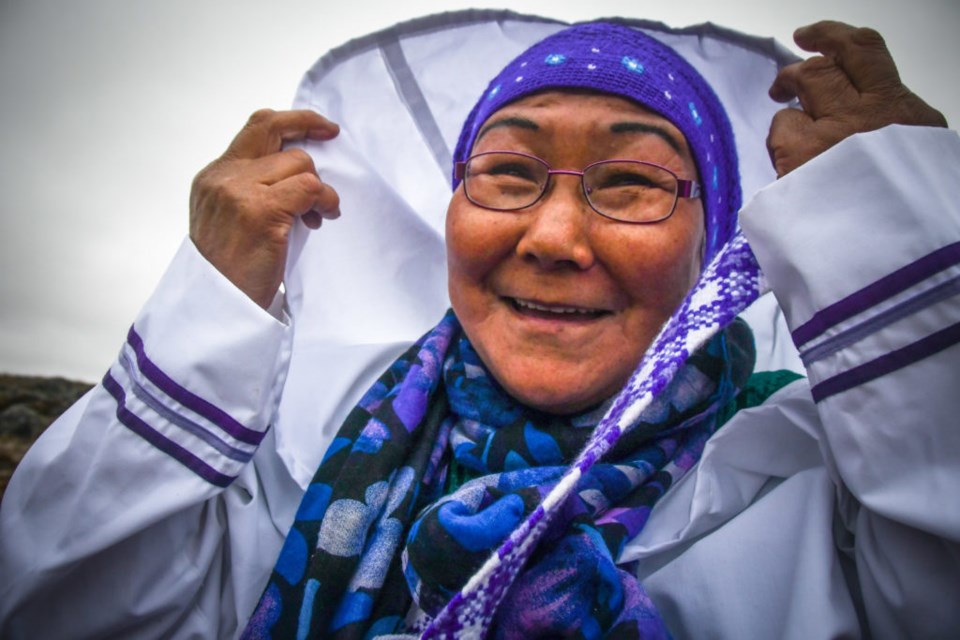Truth and Reconciliation Day should prioritize recognizing and commemorating the intergenerational harm that residential schools have caused to Indigenous families and communities; however, efforts toward true reconciliation should go beyond one day.
Tourism is a gateway for those looking to learn more about Indigenous communities, their culture and their history, and is a way for anyone to make strides toward reconciliation. We spoke with Keith Henry, president and CEO of the Indigenous Tourism Association of Canada (ITAC), about these topics and more.
Hello Keith! Please tell us a bit about yourself and the Indigenous Tourism Association of Canada.
The goal of our organization is to support the growth of Indigenous tourism in Canada and address the demand for authentic Indigenous experiences. We also aim to improve the socio-economic situation of Indigenous people in Canada through providing services to Indigenous tourism operators and communities, and those looking to start a cultural tourism business. These services include economic development advisory, conferences, professional development training and workshops, industry statistics and information.
What is Truth and Reconciliation Day?
Sept. 30 marks the first-ever National Day for Truth and Reconciliation. It’s a federal holiday established to honour residential school survivors and recognize the lives of those who did not return. The day was formerly known as Orange Shirt Day, established in 2013 to raise awareness about the damaging effects that the residential school system had on Indigenous communities.
How does the work toward reconciliation go beyond just one day a year?
While Sept. 30 serves as a day of reflection, support for Indigenous people is required year-round. The path toward reconciliation is ongoing. We encourage everyone to question their elected officials on Indigenous initiatives and continue to learn about Canada’s damaging legacy of colonial systems. Part of reconciliation is having the government work with Indigenous communities to provide Indigenous-led solutions.
How can non-Indigenous people become better allies year-round?
To start, Canadians can take the time to learn the history of Indigenous peoples in Canada. The next step would be to read the 94 calls to action in the Truth and Reconciliation Commission of Canada report and recognize their role in the work that needs to be done. Another simple step would be to learn how to properly acknowledge the land we live on. It’s also important to support authentic Indigenous businesses, experiences, artists and events.
How does tourism offer a way for Indigenous communities to reclaim and share their culture and language?
Indigenous tourism brings economic stability and job creation to communities that are often overlooked by the mainstream government. It gives an opportunity to leverage dancers, poets and artists. It also enables Indigenous people to be proud of Indigenous culture. The Indian Act prevented Indigenous people from expressing themselves. Now, we finally have the right to be proud of who we are and tourism provides an opportunity for culture re-appropriation and keeping our cultures alive. Further, it provides a chance for Indigenous peoples to share their history from their voice, and showcase the incredible artists, storytellers, chefs and more. Tourism also provides opportunities for Indigenous people to continue dancing, singing, crafting and other things that keep our cultures alive. By telling our own stories, we’re able to move past the stereotype of Indigenous people stuck in history, and show how diverse, authentic, empowered and current we really are.
What is the importance of “buying authentic” (e.g., orange shirts worn for Orange Shirt Day should be bought from an Indigenous maker/company so that profits are returned to survivors)?
It’s important to support Indigenous businesses directly, and not folks that are appropriating Indigenous culture for profit. Buying authentic ensures that our culture is shared in a respectful manner and it supports local Indigenous communities and lets them thrive. We know it can be challenging to know if a business is authentic, which is why we launched The Original Original brand mark — it signals businesses that have been vetted by ITAC to ensure it’s Indigenous-owned and led.
How does patronizing Indigenous restaurants that offer Indigenous cuisine provide a way for Canadians to learn more about the Indigenous way of life? (Also, do you have any local restaurant favourites?)
A restaurant is a feast — it’s never just about the food that we eat. Food is a cultural connection. Food offers opportunity; a meal is a story coming together on a plate. Imagine how the person foraged and went hunting for bison. One of my favourites is Salmon ‘n’ Bannock here in Vancouver. As the name suggests, they serve bannock the size of a hockey puck with butter and a rotating berry jam. They also have some innovative culinary dishes like candied and smoked salmon.
Finally, what are your top suggestions for tourism offerings across the country that readers can participate in?
I strongly recommend checking out DestinationIndigenous.ca for ideas. I would recommend the Wendake International Pow Wow in Quebec as well as the North Star Adventures where tourists can see the Aurora Borealis.




